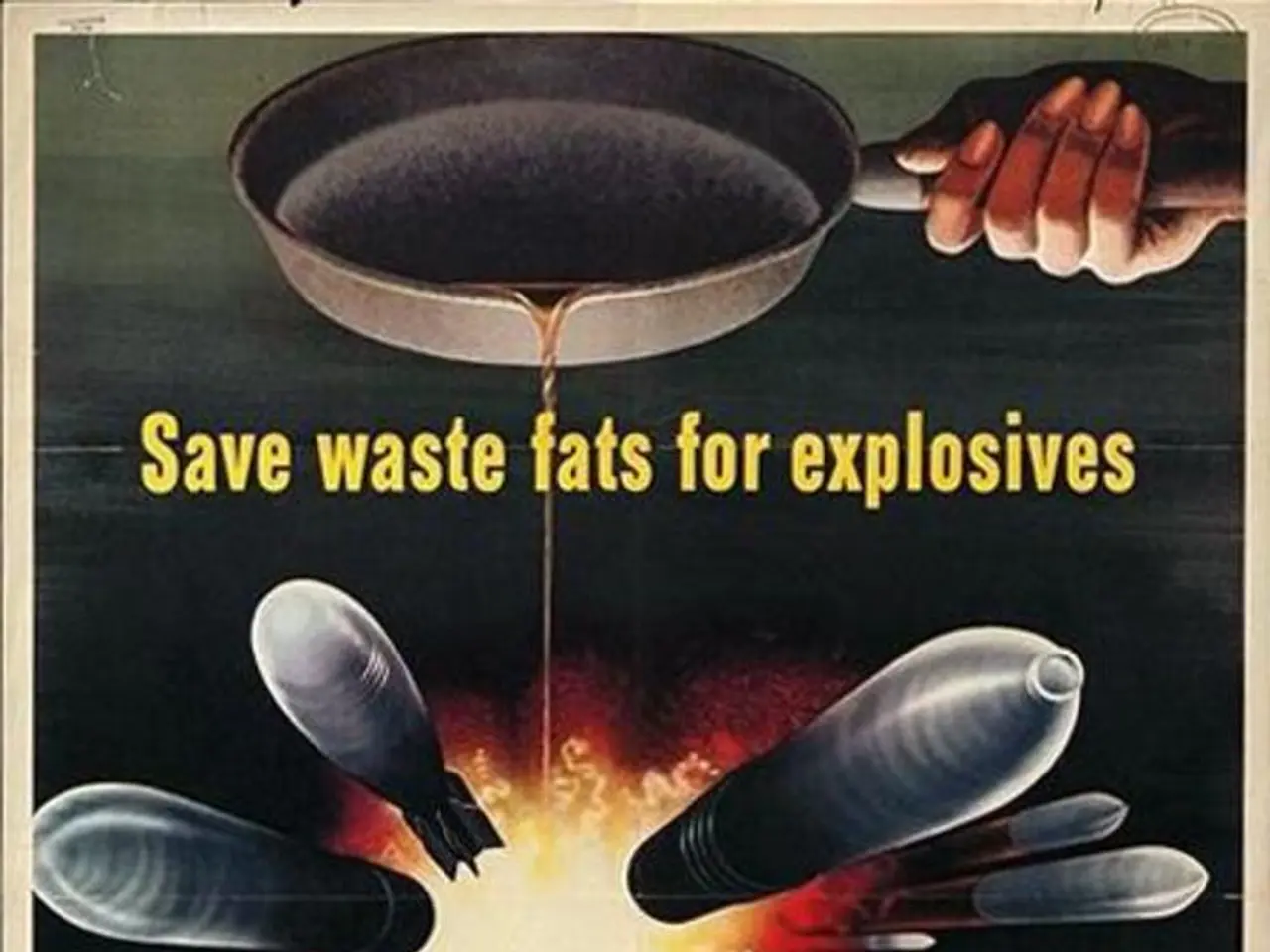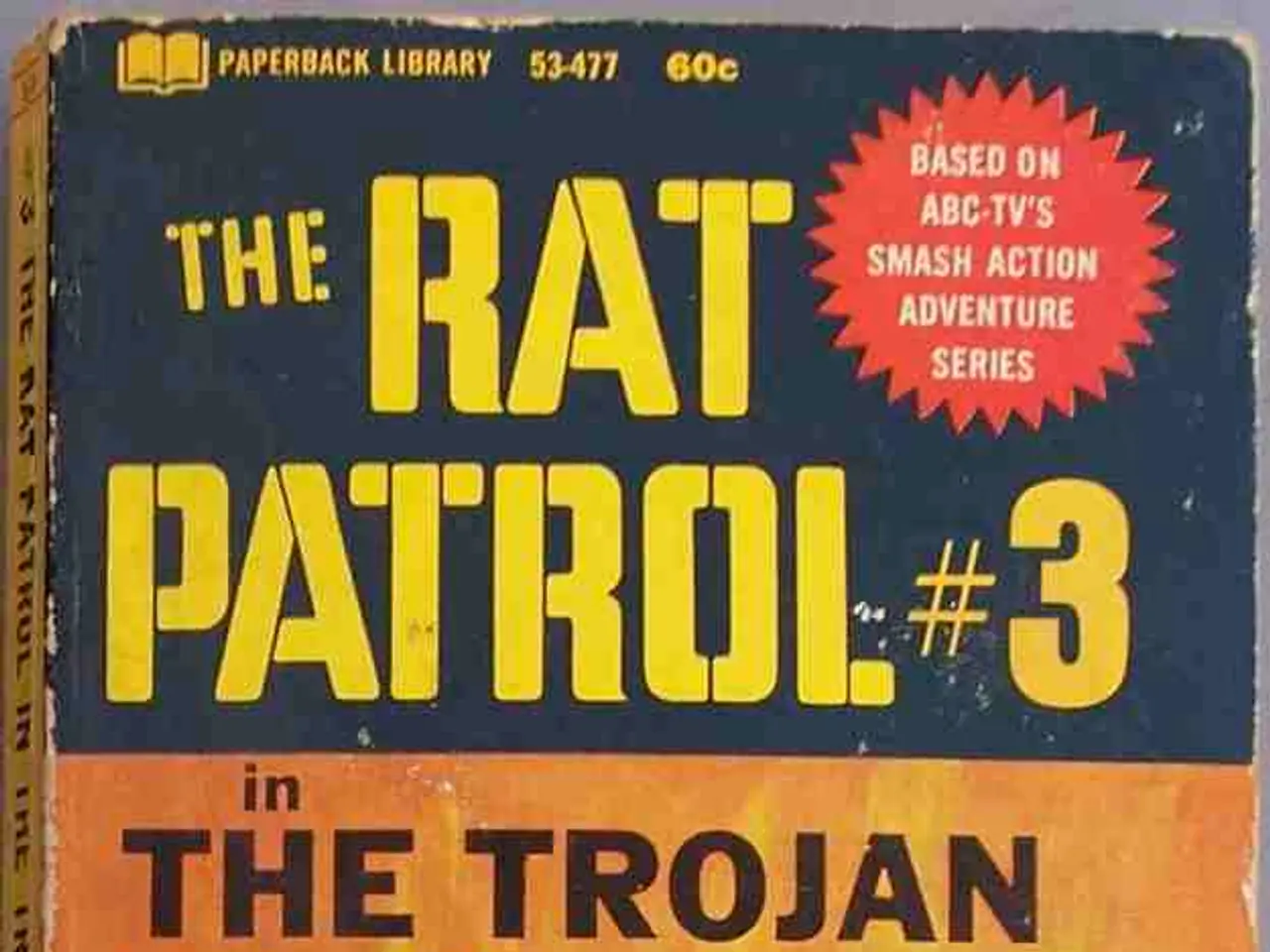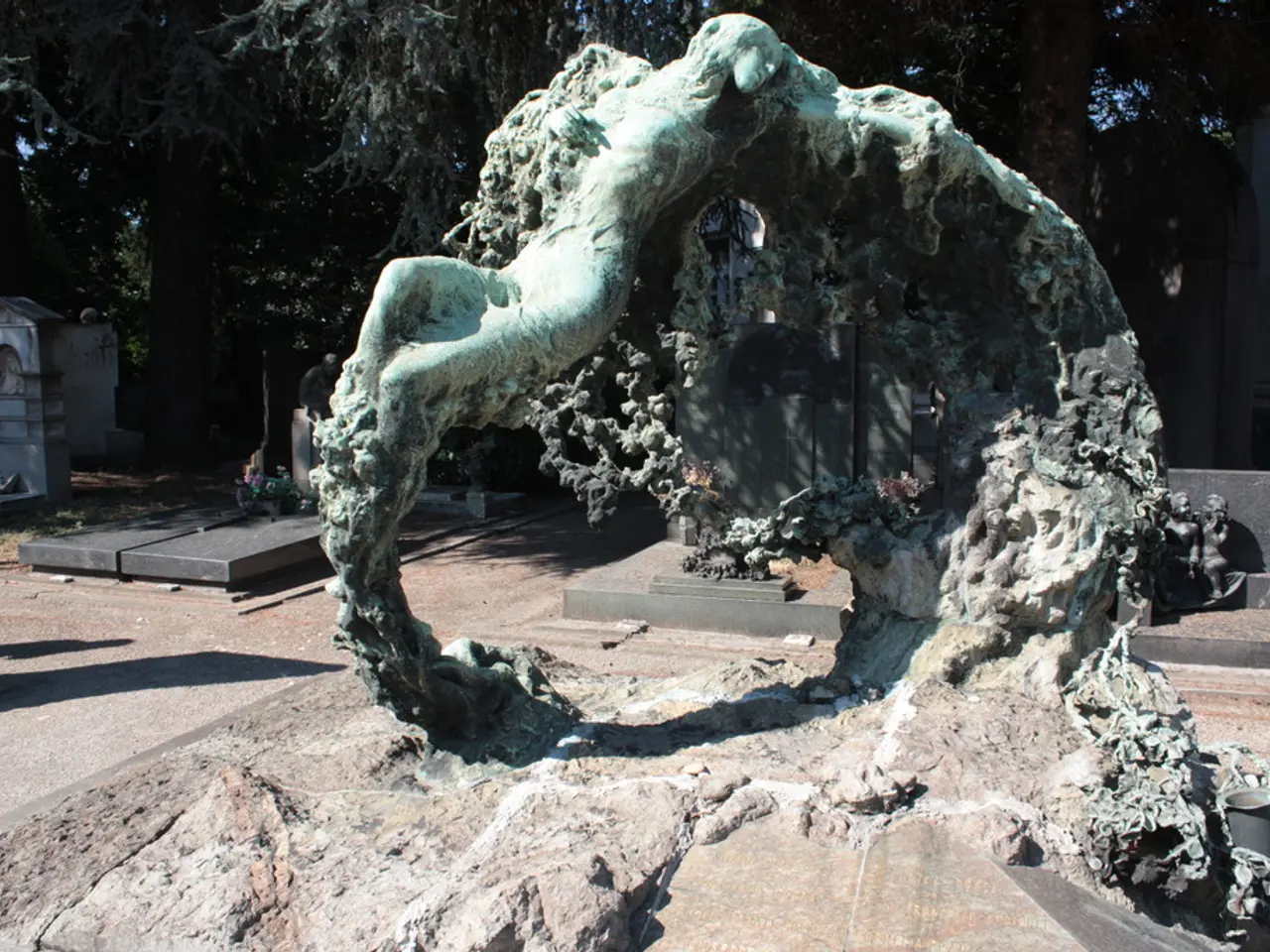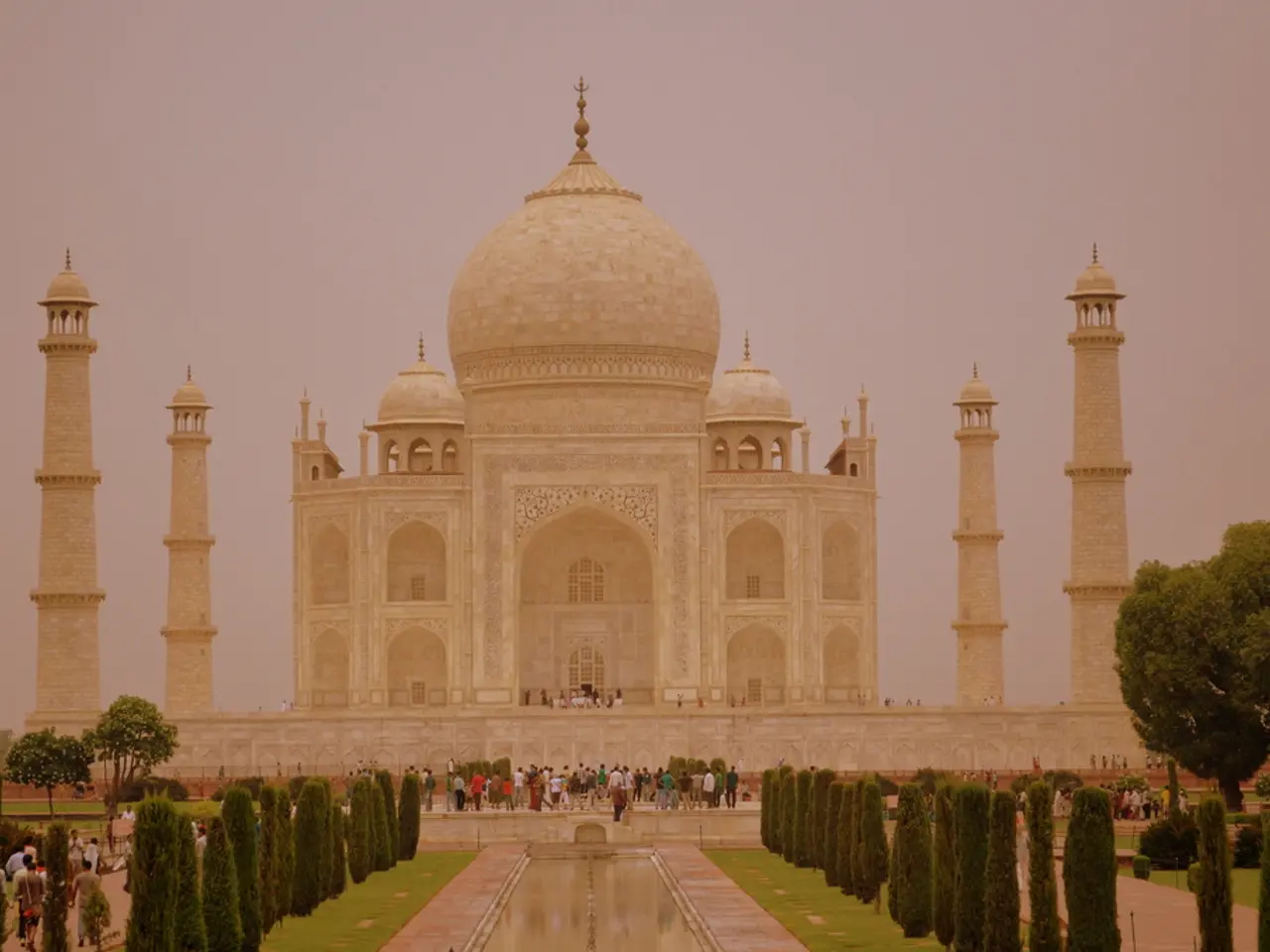Period of Apprehension and Dangers Looming
In a concerning development, the global nuclear arsenal is expanding and modernizing at an alarming rate, according to recent reports. As of mid-2025, the nine nuclear-armed states - the United States, Russia, the United Kingdom, France, China, India, Pakistan, North Korea, and Israel - collectively hold approximately 12,241 nuclear warheads, with around 9,614 in military stockpiles and about 3,912 actually deployed[1][2].
The trend represents a reversal of the post-Cold War nuclear arms reduction era, with major powers focusing on extensive modernization and expansion of their nuclear warheads. The U.S., for instance, is replacing older systems like the Minuteman 3 ICBM with newer ground-based strategic missiles and developing new ballistic missile submarines and advanced bombs[2]. Russia, too, is investing heavily in its nuclear arsenal, with a comparable number of warheads[2].
China, on the other hand, is noted to have the fastest growing arsenal among the major powers, aiming to reach the level of Russia and the U.S. by 2035[2]. This expansion is happening at a time when global arms control regimes are weak and fragmented, heightening the risk of a new nuclear arms race[1].
The heightened alert status persists, with about 2,100 deployed warheads on ballistic missiles kept at high operational readiness, mostly by Russia and the U.S.; China may now maintain some warheads on missiles even during peacetime[1].
The resurgence of nuclear weapons is not just a concern for established nuclear states. Regional tensions and nuclear proliferation concerns remain significant. The ongoing military strikes by Israel and the United States on Iran’s nuclear-related facilities in mid-2025 highlight efforts to prevent Iran from acquiring nuclear weapons capability, indicating proliferation tensions in the Middle East[4].
Notably, the Iranian regime, which denies seeking to acquire an atomic bomb, has enriched uranium to a level of 60%, approaching the military threshold, despite the treaty not prohibiting it[1].
Meanwhile, India, Pakistan, North Korea, and Israel, not party to the NPT, are seeking to improve their military capabilities in the nuclear field[1]. Russia is also deviating from long-established norms, supporting North Korea's nuclear program development and mentioning the possibility of nuclear strikes in the context of the war in Ukraine[1].
This precarious international security environment is a far cry from the horrors of the past. Yoshito Matsushige, a professional photographer who survived the atomic bombing of Hiroshima on August 6, 1945, described the experience as being "simultaneously pierced by thousands of needles." On August 9, 140,000 people from Nagasaki also perished due to the atomic bombing[1].
As we move forward, it is crucial for diplomatic efforts to strengthen and renew arms control treaties to prevent a return to the dark days of the nuclear arms race. The system to prevent nuclear proliferation is at a dangerous "crossroads," and there is a real risk of other states seeking nuclear weapons, warns Kelsey Davenport, a specialist at the Arms Control Association[1]. The era of reducing nuclear weapons may indeed be ending, as Hans Kristensen, a researcher at the Stockholm International Peace Research Institute (SIPRI), warns[1].
References: [1] Arms Control Association. (2025). World Nuclear Forces. Retrieved from https://www.armscontrol.org/factsheets/Nuclearweaponswhodoeswhat [2] Stockholm International Peace Research Institute. (2025). SIPRI Yearbook 2025. Retrieved from https://www.sipri.org/yearbook/2025 [3] Nuclear Threat Initiative. (2025). NTI Nuclear Security Index 2025. Retrieved from https://www.nti.org/nti-nuclear-security-index/ [4] International Atomic Energy Agency. (2025). IAEA Report on Iran's Nuclear Programme. Retrieved from https://www.iaea.org/newscenter/pressreleases/iaea-report-on-irans-nuclear-programme
Politics surrounding war-and-conflicts and general news is focused on the expansion and modernization of nuclear arsenals among major powers, with the U.S., Russia, China, India, Pakistan, North Korea, and Israel collectively holding a significant number of nuclear warheads. This reversal in the post-Cold War nuclear arms reduction era is happening at a time when global arms control regimes are weak and fragmented, increasing the risk of a new nuclear arms race.




